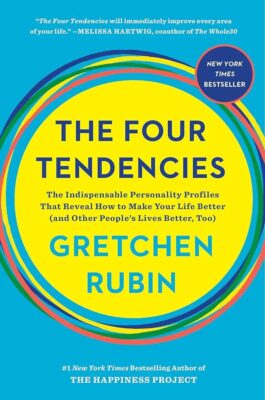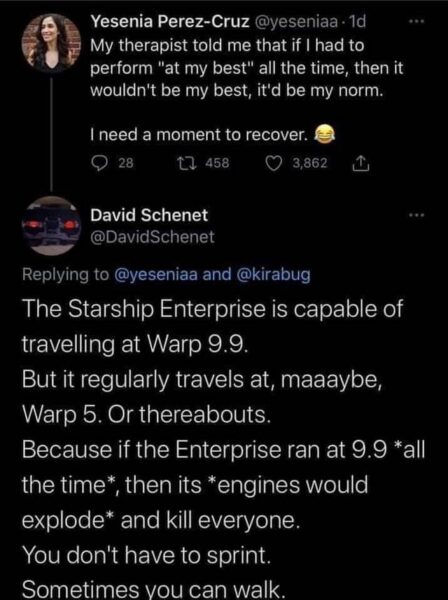“I feel like I’m failing at something that should be easy.”
I want to tell you about something a client said to me recently, because I think a lot of people quietly feel this way:
“I’ve struggled to lose weight my entire adult life. I feel like I’m failing at something that should be easy.”
If you’ve struggled to get in shape before, you might know that same feeling.
It can sneak in and make the whole thing feel personal.
Like you’re the problem. Like “if I just had more willpower”, things would be better.
But here’s the thing:
You’re not failing at something that should be easy.
You’re striving to do something that’s hard for basically everyone.
And that distinction makes a world of difference.
The Mismatch

When you zoom out and look at the actual evidence, getting in shape is not simple.
Not losing weight.
Not building muscle.
Not sticking to habits.
Why? Because we’re doing all of it inside a system that stacks the deck:
- Hyper-palatable foods everywhere
- Less physical activity required in our day-to-day lives
- Constant stress and distraction
- Social comparison in every direction
And that’s just our external environment.
When we look under the hood, each person has different levels of food noise, enjoyment from exercise, injury history, etc.
We aren’t all playing on a level playing field – and that playing field was already challenging to begin with!
I’m not saying any of this to make you feel hopeless.
Quite the contrary:
It’s only by acknowledging the very real constraints that we can make a plan for how to get unstuck.
Here’s a simple 2-step approach you can use to do just that.
Step 1: Collect Evidence
An important part of rewriting the narrative is collecting evidence to the contrary.
That you are the type of person who shows up.
Take a few moments each day to highlight whenever you take an action that’s aligned with your goals.
 When you do a short workout instead of no workout on a crazy day
When you do a short workout instead of no workout on a crazy day
 When you build a balanced plate at dinner time
When you build a balanced plate at dinner time
 When you add a few more reps to your workout
When you add a few more reps to your workout
Jot it down in a notebook. Text a friend. Drop a marble in your jar of awesome.
This is one of the most critical aspects of our coaching program.
People need to see signs of progress. They need reinforcement that what they are doing is working.
That starts by highlighting the actions you take that move you towards your goals.
From there, we can narrow in on the target.
Step 2: Shrink the Target
When you’re feeling stuck and like nothing is working, it’s natural to want to try to change all the things, all at once!
I encourage you to resist that urge.
Instead, get more laser-focused.
In my 15 years of coaching, the most progress comes from reducing the number of things someone has to worry about. Not adding more to their to-do list.
Because focus creates consistency.
If you know what the number one goal for the day is, you’re way more likely to tackle it than if you have a laundry list of 10 things that all feel important, all the time.
If they are all the most important, then none of them are important.
Narrowing your focus not only improves consistency and reduces overwhelm, it helps you learn what actually moves the needle for you.
You don’t have to guess if something is working or not – you’ve consistently done it and you can see the results for yourself!
–
So here’s the thought I want you to practice:
Instead of:
“I’m failing at something that should be easy.”
Try:
“I’m striving to do something that’s hard for almost everyone – and I’m still showing up.”
That reframe isn’t fluffy.
It’s practical.
It pulls you out of shame and into problem-solving. It lets you notice the progress you are making. And it clears space to decide what your next step actually is.
And that’s the whole game:
Show up.
Collect evidence.
Narrow the focus.
Repeat.
You do that long enough, and the identity you’re building becomes the thing that carries you forward.
If you want help figuring out your “one thing” for this week, reply to this email. I’m here.
-Matt
The post “I feel like I’m failing at something that should be easy.” first appeared on Nerd Fitness.
from Nerd Fitness https://ift.tt/pf3NR8n











 )
)